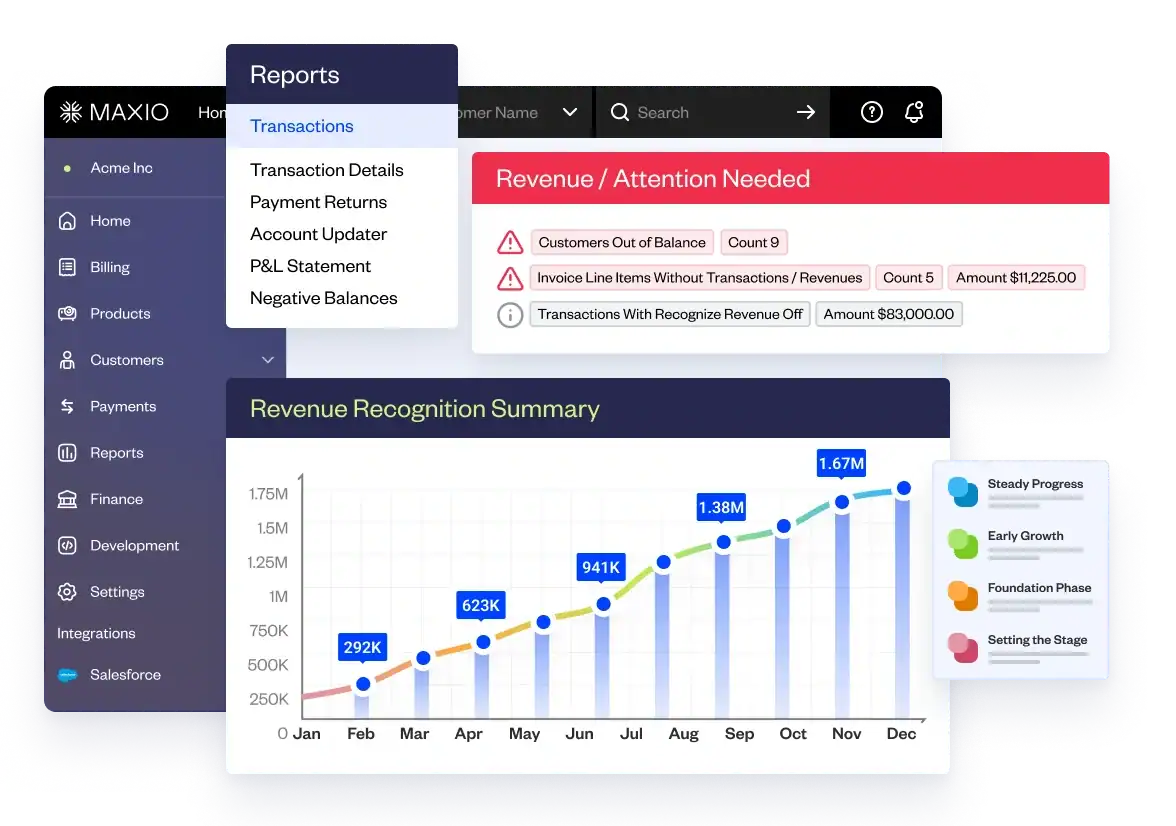I have worked with dozens of entrepreneurs who raised little to no equity yet built their SaaS businesses to tens of millions of ARR and had notable exits. Being capital efficient is suddenly “in vogue,” but it is a strategy that has always worked and is being pursued by many more entrepreneurs than you might imagine.
The SaaS community tends to celebrate unicorns in Silicon Valley, and with good reason. Well-funded west coast SaaS companies often lead the way in technology and business model innovation, and ignoring their learnings would be foolish. That said, raising successively larger rounds of venture capital and pursuing the hyper-growth required to support that model is just one option for success in the SaaS space.
Given the new attention to bootstrapping, now seems like a good time to revisit my friends who successfully scaled their SaaS companies with very little capital and see what learnings there are for other entrepreneurs.
Growing from $1M to $10M in ARR
Erik Marsh purchased a majority of Datis HR in 2014 when the company had one million in ARR and was growing slowly. Datis is in the business of providing HR software and payroll services to non-profit companies. Erik was a small investor and on the board at the time of purchase.
Over the next seven years, with just two million in equity and an MRR line of credit, Erik and his team grew the business to ten million in ARR, at which time they sold it to Battery Ventures. (In hindsight, Erik does not think he needed the two million in equity.)
What were the key elements of the business and his strategy that allowed for such consistent and capital-efficient growth?
If there were one overriding theme, it was this: keep a lean management team. That makes sense. It’s impossible to support senior managers in all the operating roles of sales, finance, product, support, and marketing on just a few million in revenue.
So how did Erik accomplish this? First, the original owner, who built the core product, stayed with the business after Erik’s acquisition. The founder was a “product person” committed to building a development team and handling customer support. This scenario allowed for continuity and efficiency on the product development front. It’s not all that uncommon to see a product-focused founder partner with a sales and marketing-oriented leader.
Marketing was the one area where the company invested in the senior team. This person was relatively junior but was highly capable and became Erik’s chief collaborator on everything impacting demand generation.
There were various sales managers over the years, but most sales team members were straight out of college and were trained by Datis. Erik states, “I did not care much about a person’s experience; I just wanted the right personality.” This also held for Customer Success, which hired directly out of college and had a manager, but no senior team leader.
Erik did everything in finance himself; there was no controller, admin, or CFO. “It took four to five days a month to pay the bills, do collections, and keep the accounting up to date.” He obviously knew how to run payroll, and the company had few other expenses. Collections were all automated as well. I’m not sure this is fully replicable, but it certainly challenges the notion that you need an entire finance team if you have the right systems and processes. Also, when cash is tight, as it always is in a thinly capitalized business, it helps if the CEO is intimately familiar with financials.
Erik found that his “skinny” management team was efficient but held the company back in recruiting and hiring. With so few people in the senior ranks, hiring even a few people consumed the entire management team for weeks. As a result, Erik says, “I should have hired an internal recruiting person much sooner than I did.” To compensate, the company hired in “batches,” which made the hiring process more efficient and provided a basis for comparing each new hire against their peers.
But there are drawbacks to batch hiring in a bootstrapped business. Erik noted that he once hired four new developers to join his four existing developers, and the productivity of the combined group immediately fell to zero as the experienced people were all training the new ones. The company eventually adopted a rule of thumb to never grow a department by more than 50% at a time.
Over the years, Erik hired and fired a CFO, a CTO, and a few different Sales VPs. Looking back, he wishes he would not have made those hires and, when he did, corrected his mistakes sooner.
The anatomy of a successful bootstrapped SaaS business
Each business, founder, and CEO has a unique combination of needs and skills. But there are a few conclusions here that can be applied to many different SaaS businesses.
- Senior leaders in bootstrapped businesses must be able to do real work such as selling, executing a marketing campaign, paying bills, supporting customers, and training SRDs.
- Bootstrapped businesses need to operate effectively without senior people in each function. (The mix of what roles get filled is situational.)
- Recruiting consumes much time and can hobble a skinny management team.
- Likewise, onboarding new hires quickly swamps a productive but thinly staffed function.
I believe Erik would add that hiring “culture” over “experience” is also a key criterion for success. With a small team, any toxicity can have an outsized negative impact.
I would suggest another helpful criterion for a bootstrapped SaaS business is to focus on a somewhat protected market. Protection normally comes in the form of a smaller addressable market that would attract little investment from competitors of venture capital. Datis was in the highly competitive HR software market; however, the non-profit customers they served had unique needs, which kept many of their larger competitors at arm’s length.
Ultimately, Erik feels the capital-efficient approach Datis pursued can support an annual growth rate between 20% and 30%. To grow faster would require more overhead and more capital.
That said, compounding growth of 20% to 30% over nine years led to the company’s success. You don’t need to be a math whiz to understand the financial implications of a ten-times expansion in revenue with little outside dilution.






